Edward F. McCartan, Model for The Republic on Kirby Hall of Civil Rights
Edward Francis McCartan
(American, 1879–1947)
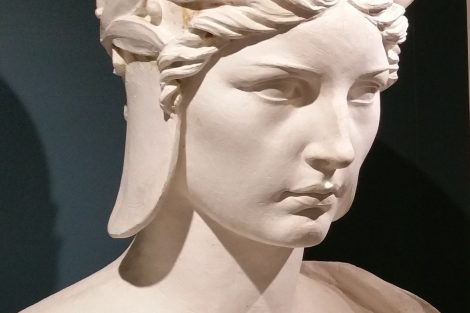
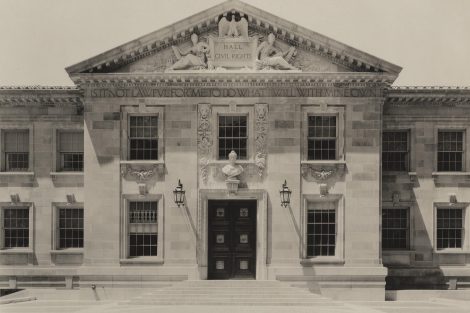
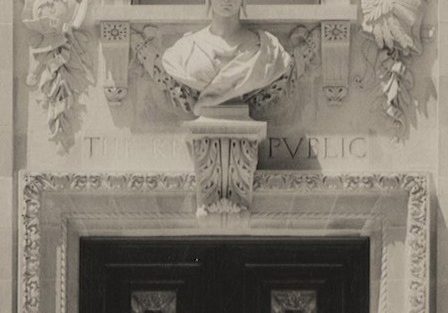
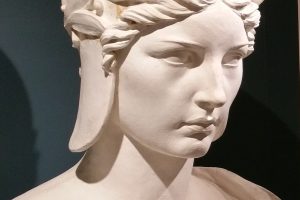
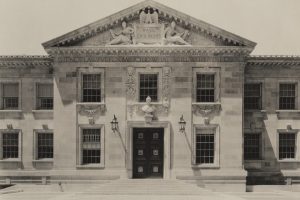
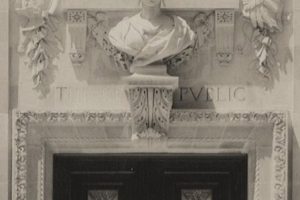
Model for The Republic
Plaster, 1929
Sculptor Edward F. McCartan studied at the Pratt Institute and Art Students League in New York City, at the École des Beaux-Arts in Paris, and the American Academy in Rome. He opened his studio in Manhattan in 1924 and by the following year was elected a fellow of the National Academy of Design. McCartan favored mythological themes. Examples of is work include the architectural clock sculpture on the Helmsley Building in New York City and the Eugene Field Memorial at Lincoln Park Zoo in Chicago.
McCartan was selected by the famous architecture firm, Warren and Wetmore, to design the exterior sculpture for Kirby Hall of Civil Rights.
Robert S. Mattison noted that the decorative sculpture was intended to be instructional. “The tradition of relief and free-standing sculpture being attached to architecture to enhance its meaning goes back to the ancient world and was prominent in the elaborate Christian symbols carved on the great medieval churches. In the Renaissance and post-Renaissance, symbols from classical literature were revived to show the roots of Western learning and culture. Unfortunately, this visual language has been all but lost to the modern individual.
“Over the entrance of Kirby Hall is a bust of The Republic, identifiable by her Phrygian cap, a symbol both of classicism and–appropriately, for Lafayette–of the French Revolution. In the left side of the pediment is the personification of Law, holding the Mosaic tablets and the scales of justice. She wears a laurel crown for glory and reclines next to the scrolls of Roman law. To the right is the figure of Government crowned by oak leaves for strength, grasping the bound Roman fasces for unity, and resting upon the books of Common Law.”[1]
The plaster models for The Republic and the pediment reliefs of Law and Government are in the College’s art collection. It is likely that a pointing machine was used to reproduce the model of on a one-to-one scale in limestone. Pencil marks and protruding nail heads on the plaster pediment models were used as guides for calipers or a three-dimensional version of the pantograph in order to enlarge the model to its final size.
Detail of plaster study for pediment sculpture “law” with pencil marks on the nose and cheek and a nail head on the chin. These served as reference points for the stone carver who enlarged the model in ston
[1] Robert Saltonstall Mattison, Lafayette College Architecture: In Context . (Easton, Pa.: Friends of Skillman Library, 1991).